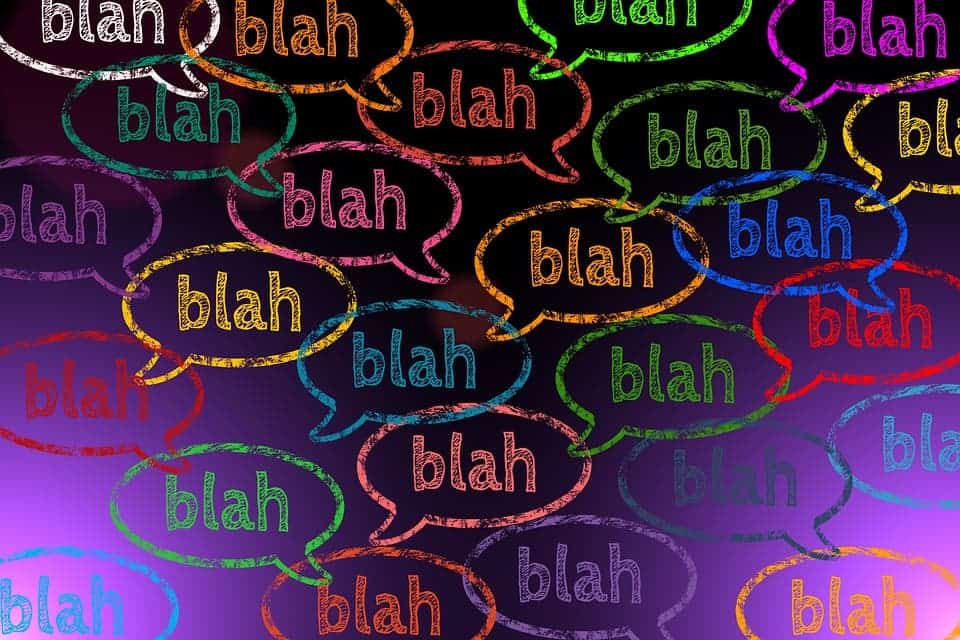Scientists have identified the brain networks that help focus on one voice or conversation in a noisy room — known as the “cocktail party effect”. They hope that by emulating the way these areas work, modern voice recognition software can be made to function much more efficiently.

When you’re at a party, your brain allows you to tune in on a single conversation while lowering the volume of background noise, so to speak. Now, have you ever tried to give a voice command to a device in any type of noisy setting? If yes, you can probably understand why scientists would love to get their hand on a similar voice recognition system for our gadgets.
A new study might offer a way forward for such a technology. Neuroscientists led by Christopher Holdgraf from the University of California, Berkeley, recorded the brain activity of participants listening to a previously distorted sentence after they were told what it meant. The team worked with seven epilepsy patients who had electrodes placed on the surface of their brain to track seizures.
They played a very distorted recording of a sentence to each participant, which almost none of them was able to initially understand. An unaltered recording of the same sentence was played afterwards, followed by the garbled version once more.
“After hearing the intact sentence” the paper explains, the subjects understood the “noisy version” without any difficulty.
Brain recordings show that this moment of recognition coincided with patterns of activity in areas known to be involved in understanding sound and speech. When subjects listened to the garbled version, the team saw little activity in these areas, but hearing the clear sentence then caused their brains to light up.
This was the first time we saw the way our brains alter their response when listening to an understandable or garbled sound. When hearing the distorted phrase again, auditory and speech processing areas lit up and changed their pattern of activity over time, apparently tuning in to the words among the distortion.
“The brain actually changes the way it focuses on different parts of the sound,” explained the researchers.
“When patients heard the clear sentences first, the auditory cortex enhanced the speech signal.”
The team is now trying to expand on their findings and understand how the brain distinguishes between the background and the sounds we’re actually interested in hearing.
“We’re starting to look for more subtle or complex relationships between the brain activity and the sound,” Mr Holdgraf said.
“Rather than just looking at ‘up or down’, it’s looking at the details of how the brain activity changes across time, and how that activity relates to features in the sound.”
This, he added, gets closer to the mechanisms behind perception. If we understand how our brains filter out the noise, we can help people with speech and hearing impediments better hear the world around them. The team hopes to use the findings to develop a speech decoder — a brain implant to interpret people’s imagined speech — which could help those with certain neurodegenerative diseases that affect their ability to speak.
The full paper “Rapid tuning shifts in human auditory cortex enhance speech intelligibility” has been published in the journal Nature Communications.


